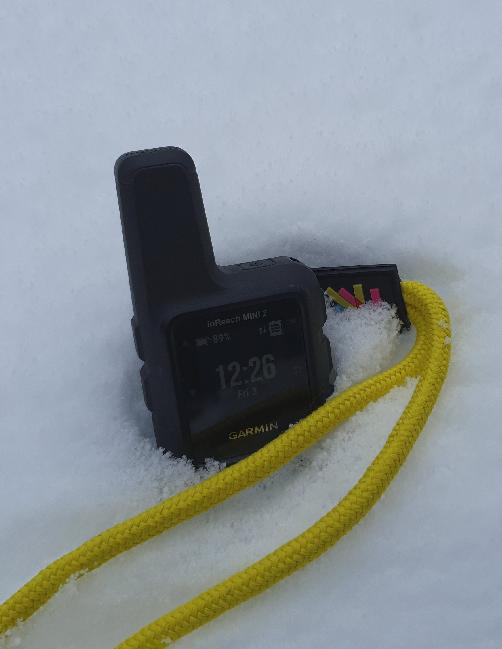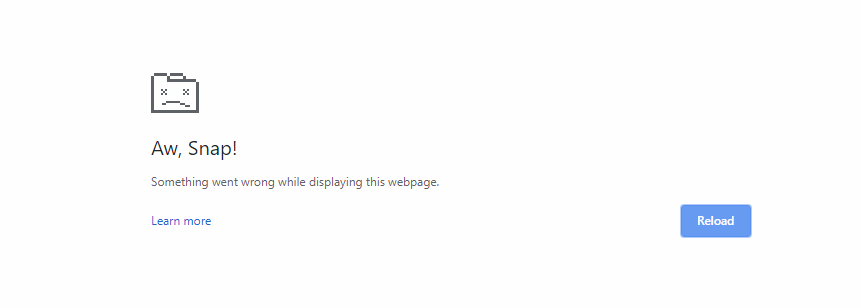Recently, I’ve been on a two week skiing trip in Bad Gastein, a small village in the Austrian alps. As usual and also because my default cellular connectivity did not meet my needs, I had a closer look at the local connectivity options and gained some interesting insights.
For testing purposes and of course for redundancy, I have subscriptions of two premium mobile network operators in Germany, and both usually also provide excellent service while roaming. During the day, LTE data rates in the automatically selected roaming network were well beyond 100 Mbps in the downlink and well over 80 Mbps in the uplink. 5G was not yet available on the local cell tower, but at those data rates, I didn’t really mind. In the evenings, however, the automatically selected network got more and more loaded, and by 8 pm, downlink speeds consistently slowed to 1-2 Mbps. Also, round trip times increased from 100 ms to well over 200 ms. In the uplink direction, however, I still got 50 Mbps. A clear sign of congestion and totally unusable for many things.
Continue reading 5G n78 Shines in the Austrian Alps



